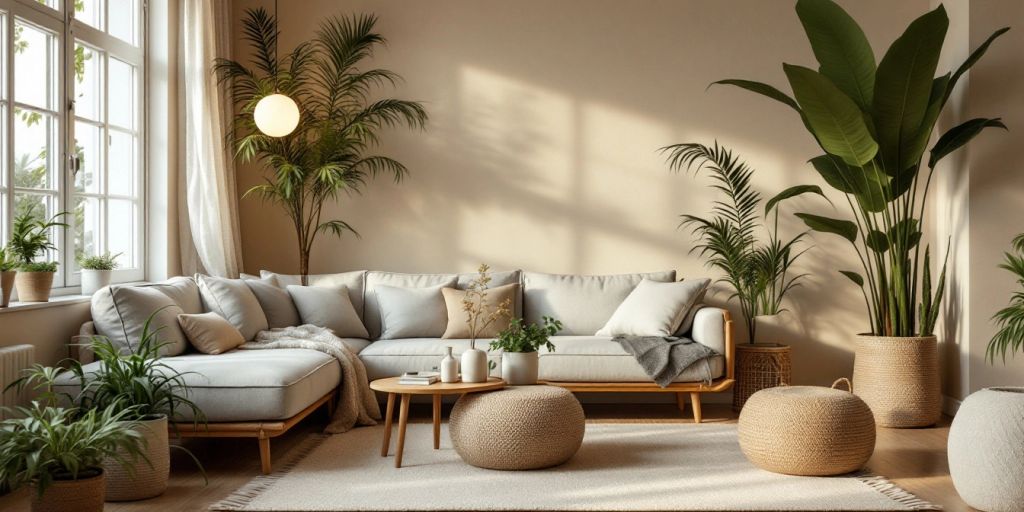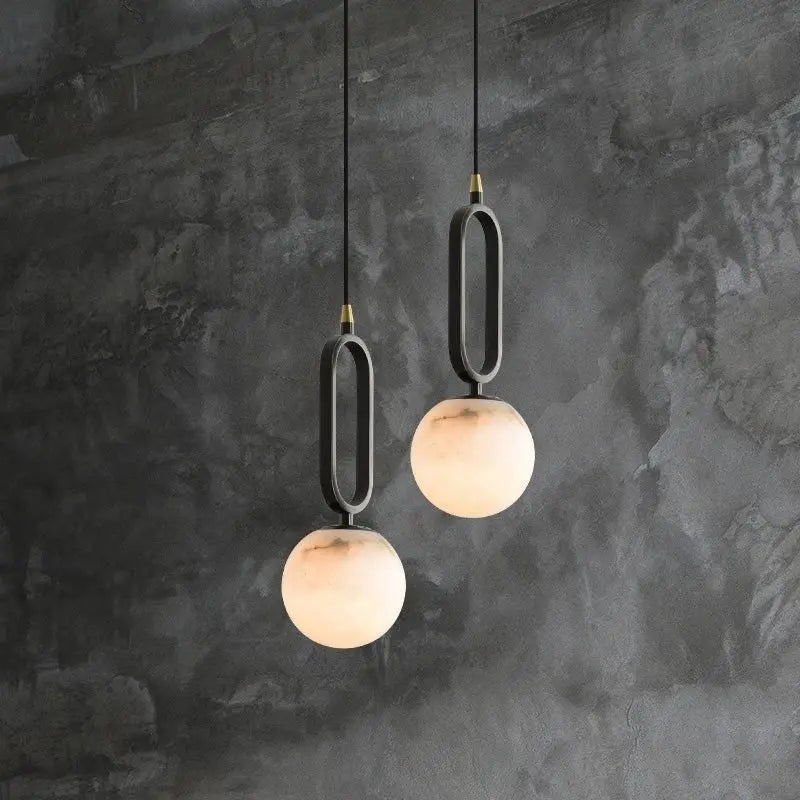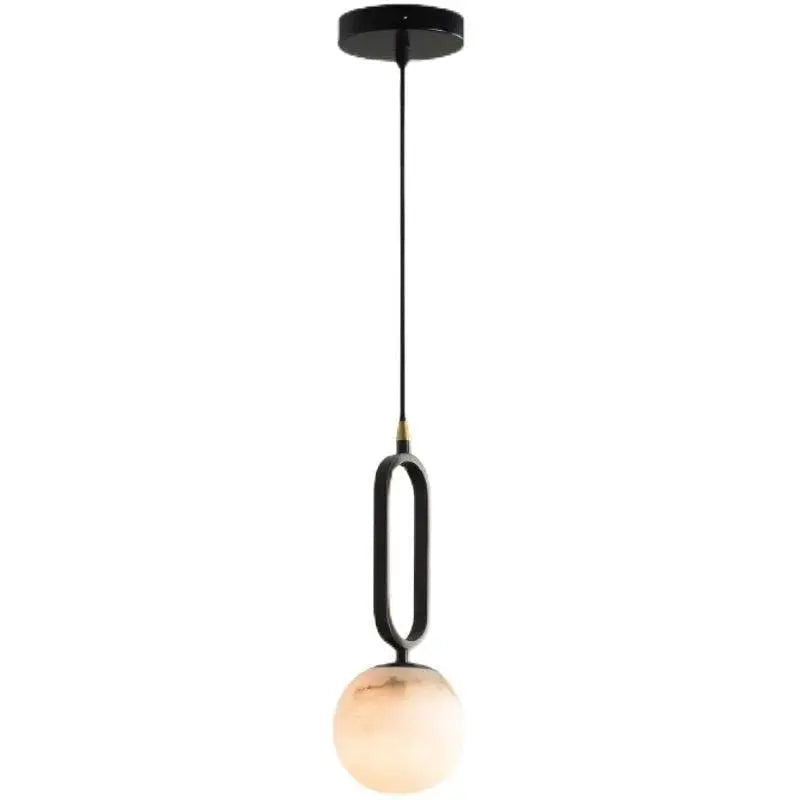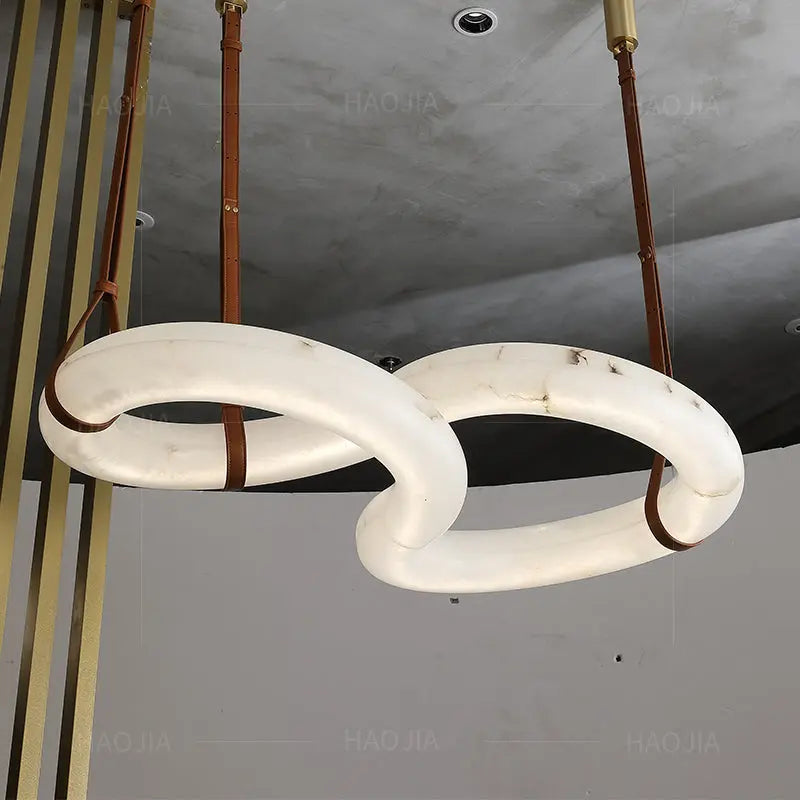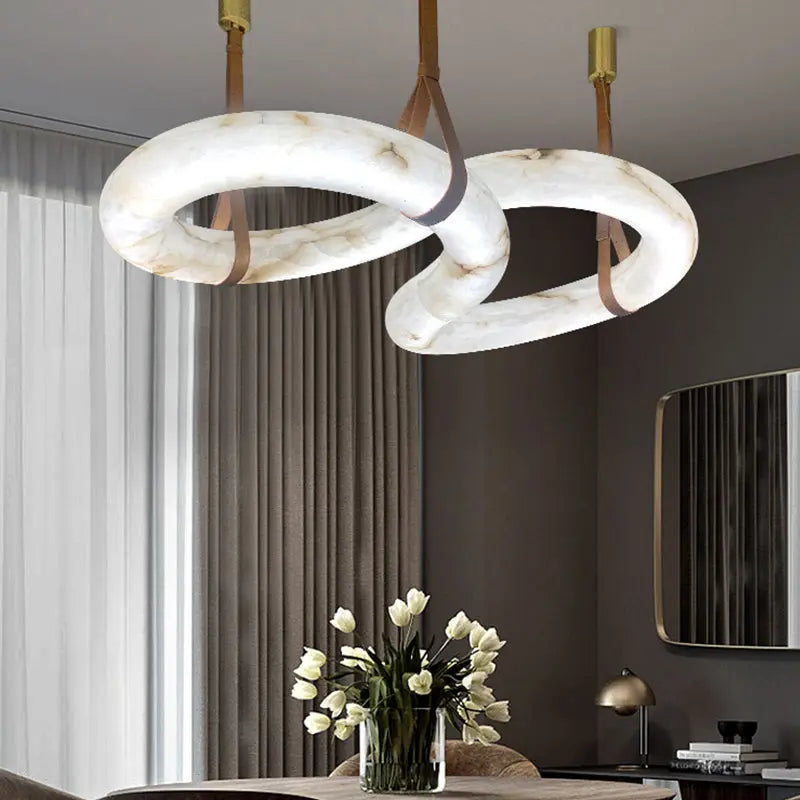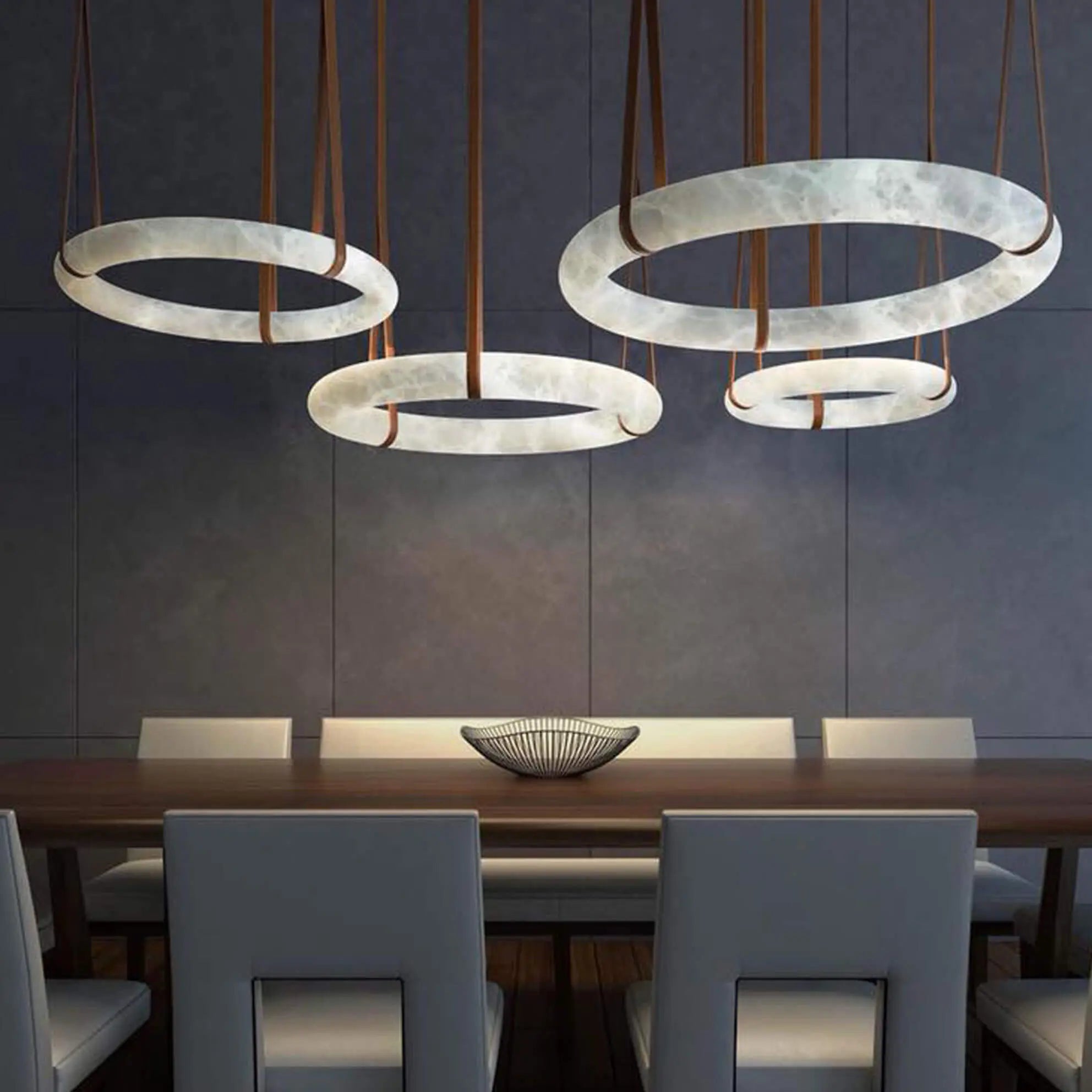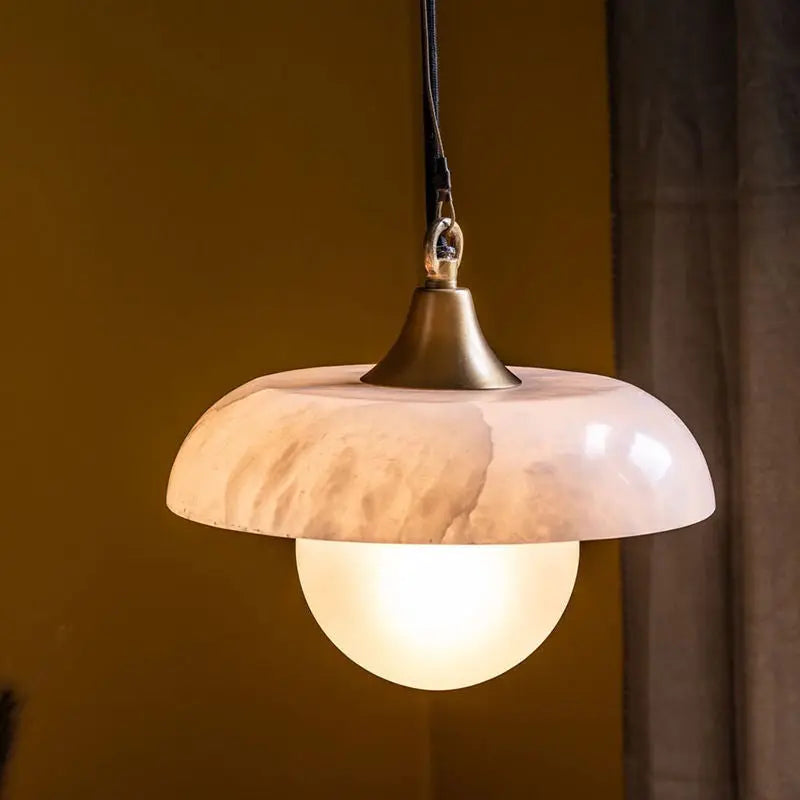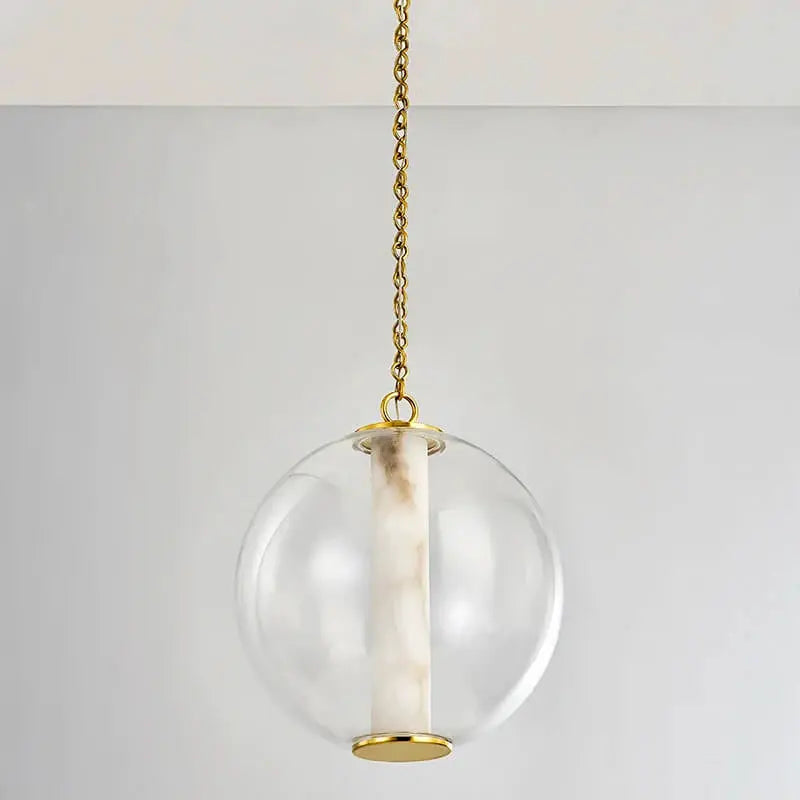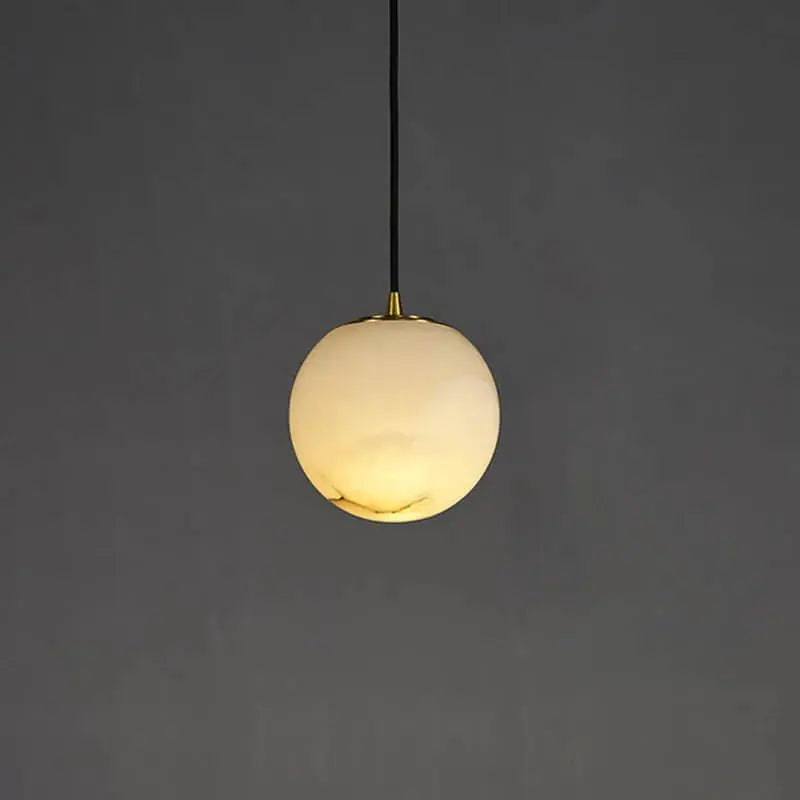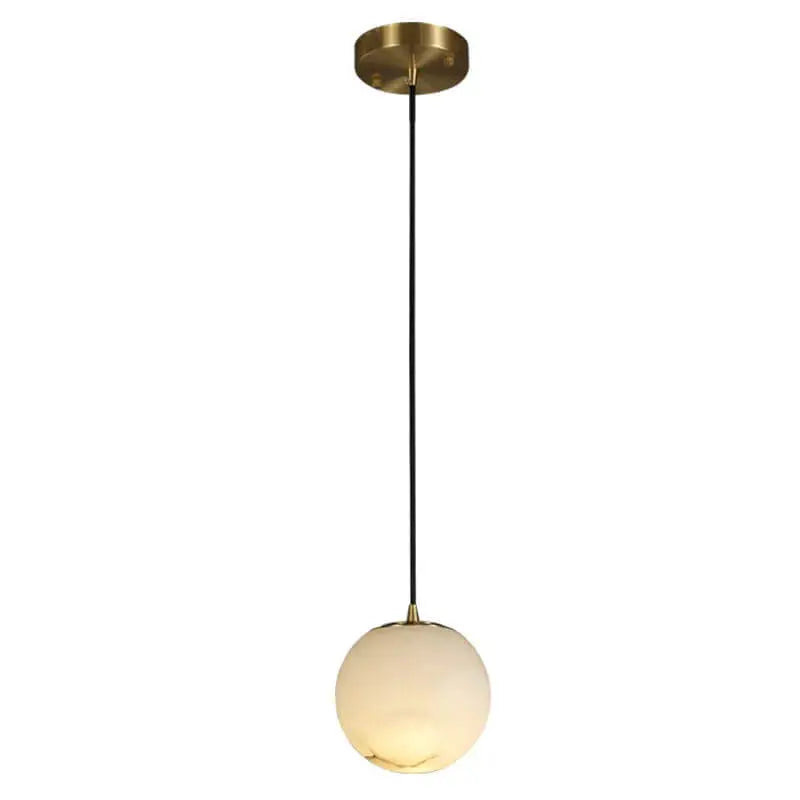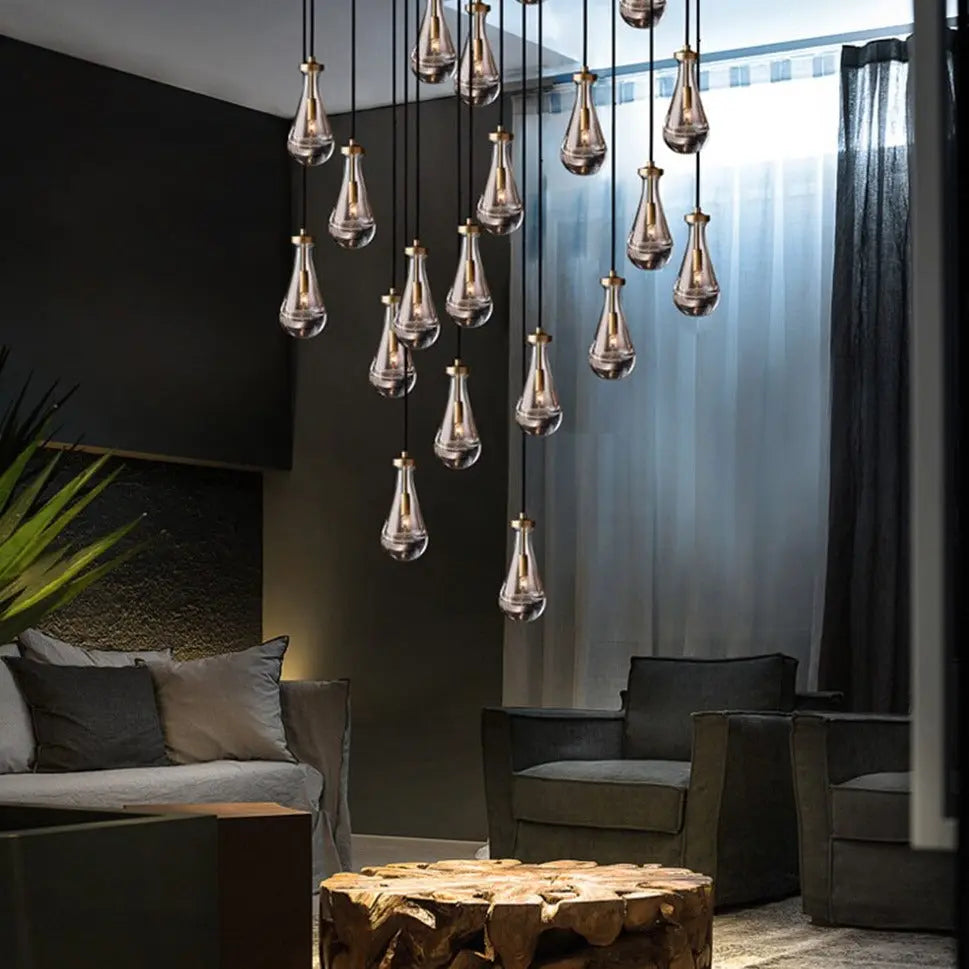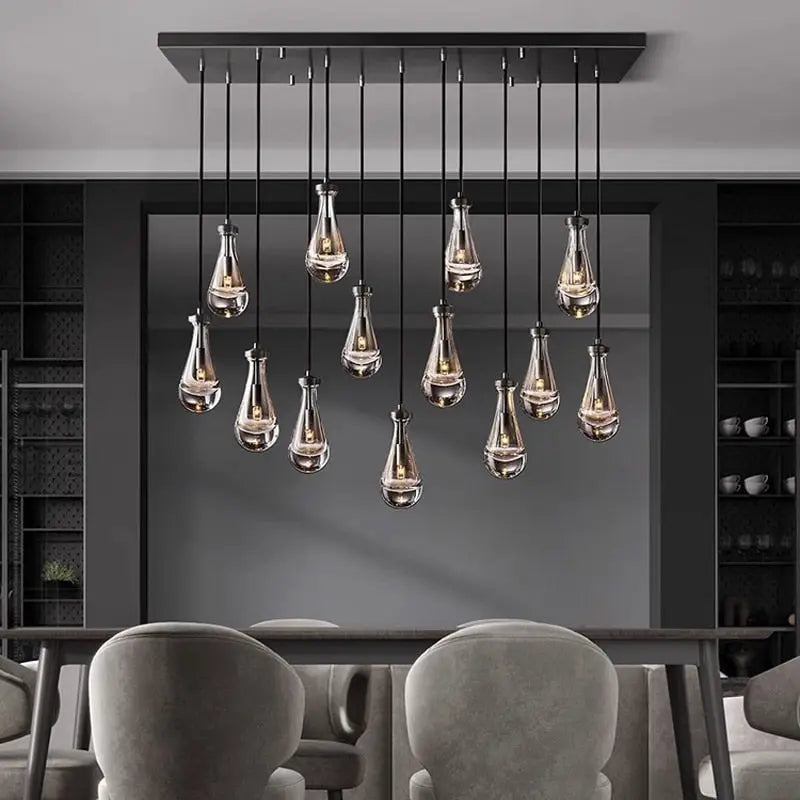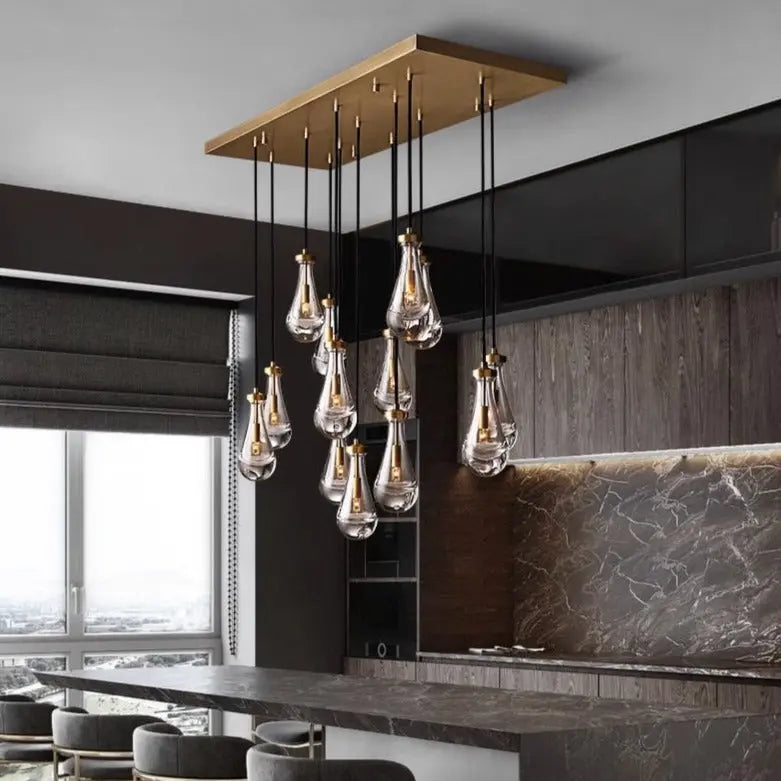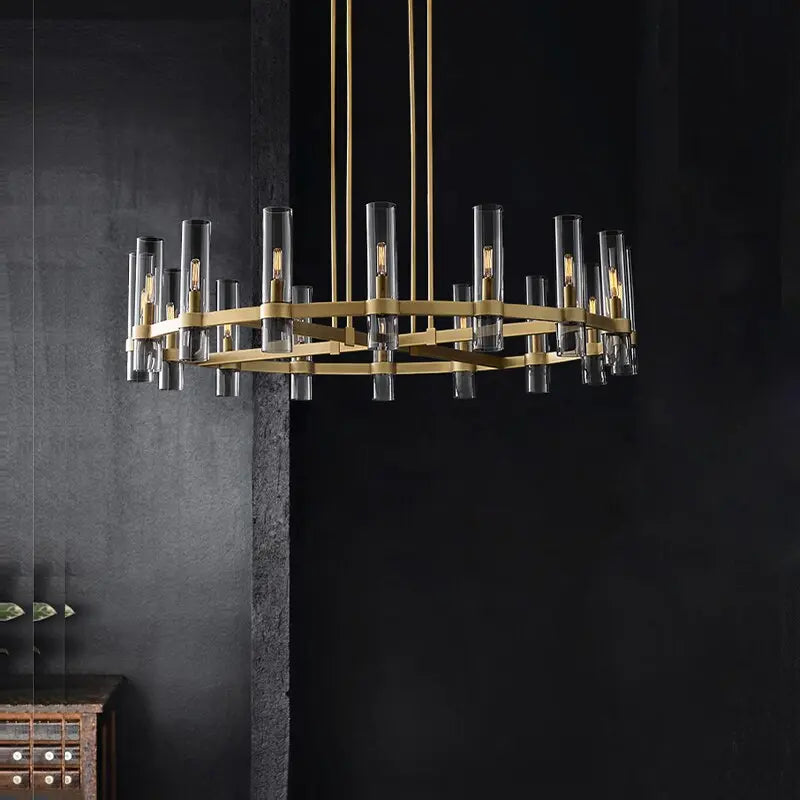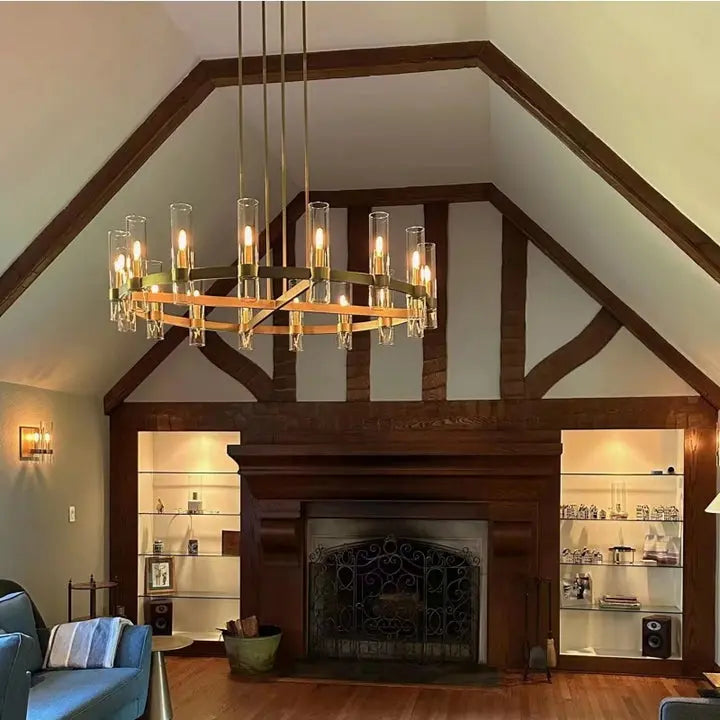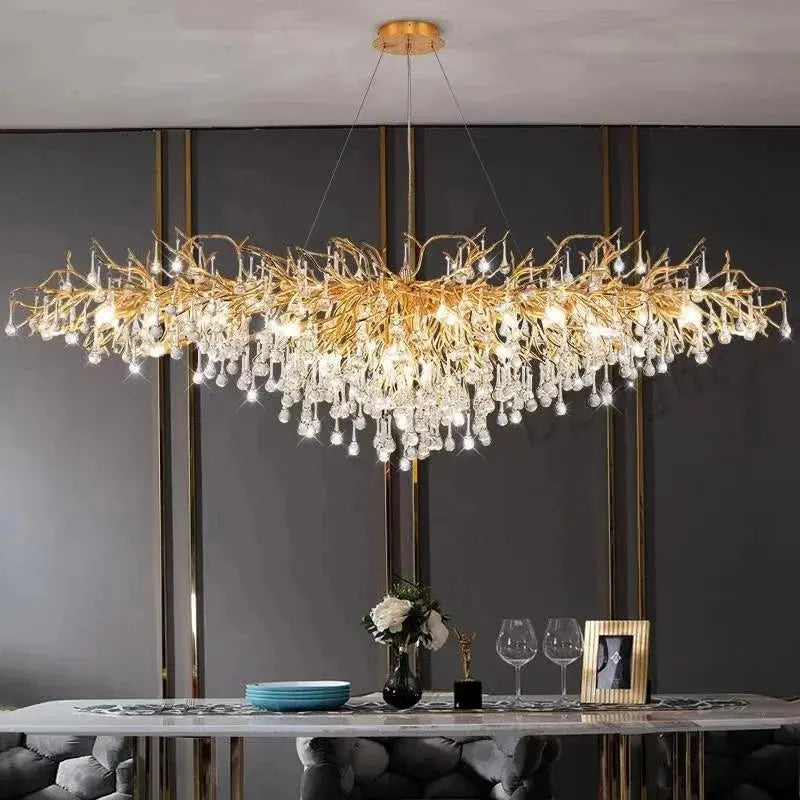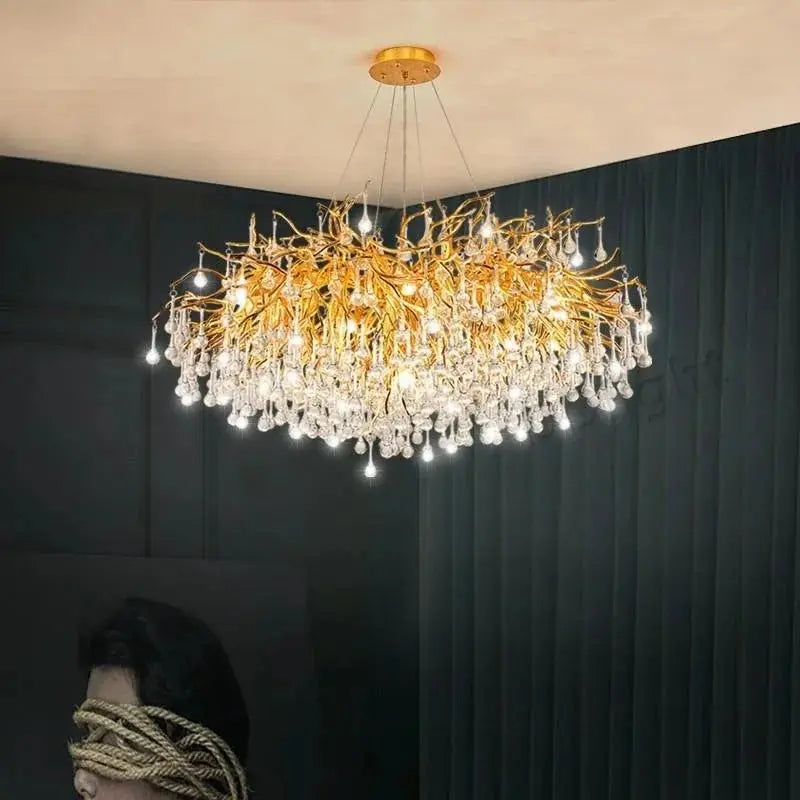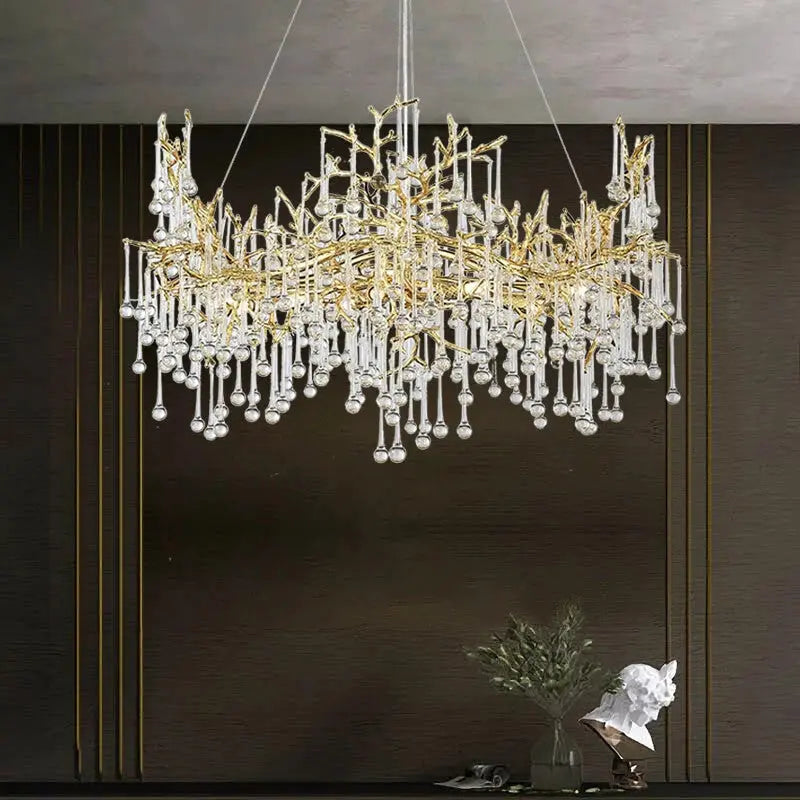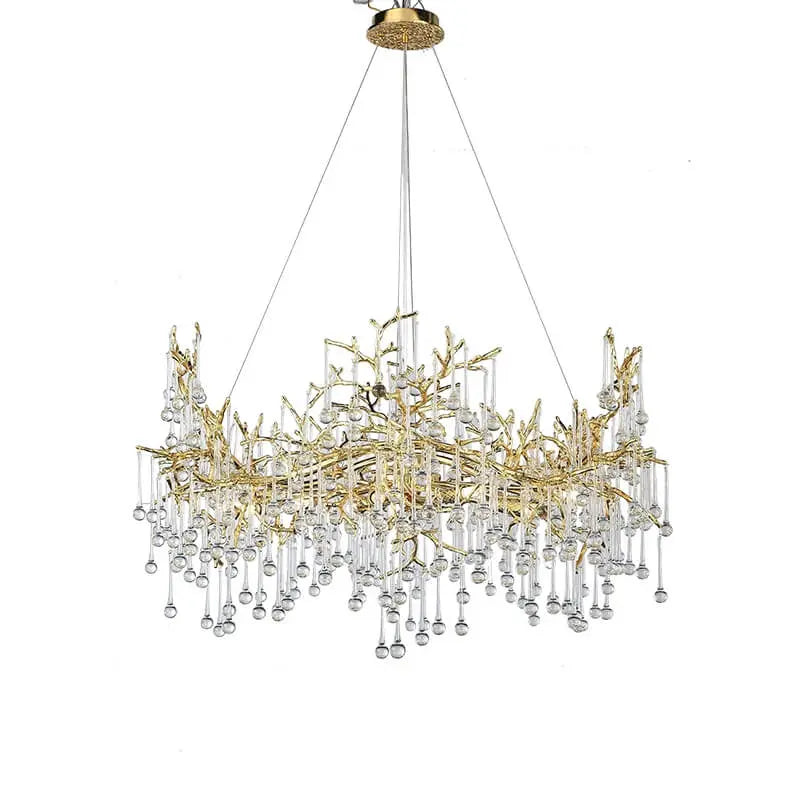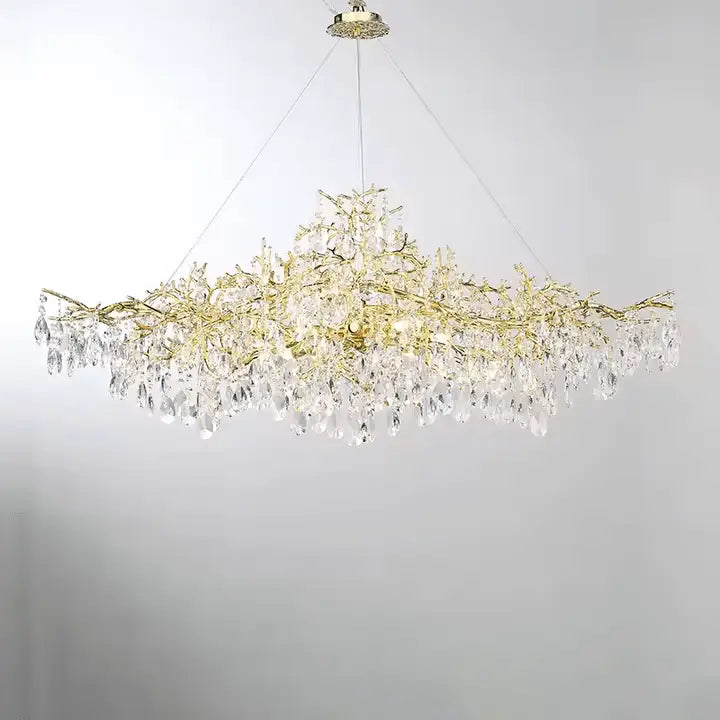Creating a stylish and eco-friendly home is easier than ever. By making smart choices about materials, lighting, and decor, you can transform your space into a beautiful haven while also caring for the planet. Here are some key takeaways to help you get started on your sustainable home decor journey.
Key Takeaways
- Choose materials like reclaimed wood and natural fibers for a stylish look.
- Use energy-efficient lighting to save money and reduce your carbon footprint.
- Incorporate indoor plants to improve air quality and add a touch of nature.
- Support local artisans for unique decor that tells a story.
- Upcycle and repurpose items to create one-of-a-kind pieces and reduce waste.
Choosing Sustainable Materials for Eco-Friendly Home Decor
Creating a stylish and eco-friendly home starts with the materials you choose. Here are some great options to consider:
Benefits of Using Reclaimed Wood
- Environmentally Friendly: Reclaimed wood helps reduce deforestation and waste.
- Unique Character: Each piece has its own history, adding charm to your decor.
- Durability: Often stronger than new wood, reclaimed options can last longer.
Opting for Natural Fiber Rugs
- Biodegradable: Natural fibers like jute and wool break down without harming the environment.
- Comfort: They provide a warm and cozy feel underfoot.
- Air Quality: Natural fibers can help improve indoor air quality by absorbing moisture.
Selecting Eco-Friendly Paints
- Low VOC Options: Choose paints with low or no volatile organic compounds (VOCs) to keep your air clean.
- Color Variety: Eco-friendly paints come in a wide range of colors to suit any style.
- Healthier Home: Reducing harmful chemicals contributes to a healthier living space.
Incorporating Bamboo and Jute
- Fast-Growing: Bamboo can grow up to 35 inches in a single day, making it a sustainable choice.
- Versatile Use: Both bamboo and jute can be used for furniture, flooring, and decor items.
- Stylish Look: They add a modern touch to any room, perfect for minimalist homes.
Choosing sustainable materials not only benefits the planet but also enhances the beauty of your home.
By selecting these materials, you can create a space that reflects your values while being stylish and inviting. Whether you’re aiming for Scandinavian home design or mid-century modern homes, these eco-friendly choices will help you achieve a beautiful and sustainable environment.
Energy-Efficient Lighting Solutions
Advantages of LED Lighting
Switching to LED lighting is one of the simplest ways to make your home more sustainable. These bulbs use much less energy than traditional ones, which helps lower your electricity bills and reduces your carbon footprint. Here are some benefits of using LED lights:
- Long-lasting: They can last up to 25 times longer than regular bulbs.
- Variety: Available in many shapes, sizes, and colors, they can fit any decor style.
- Warm glow: Some LED bulbs mimic the warm light of incandescent bulbs, so you don’t have to sacrifice ambiance for efficiency.
Using Solar-Powered Lights
Solar-powered lights are a fantastic way to harness the sun's energy. They are easy to install and can be used both indoors and outdoors. Here are some options:
- Path lights: Great for illuminating walkways.
- String lights: Perfect for creating a cozy atmosphere in your backyard.
- Table lamps: Solar-powered lamps can charge during the day and provide soft light at night.
Incorporating Natural Light
Maximizing natural light in your home can significantly reduce the need for artificial lighting. Here are some tips:
- Use mirrors: They can reflect light and make spaces feel larger.
- Choose light colors: Light-colored walls and furniture can help brighten a room.
- Keep windows clean: This allows more sunlight to enter your home.
Choosing Energy-Efficient Fixtures
When selecting light fixtures, look for those that are designed to be energy-efficient. Consider:
- Smart lighting: These can be controlled via apps to reduce energy use.
- Dimmers: They allow you to adjust the brightness, saving energy.
- Stylish options: Look for elegant designs like a luxury marble chandelier or a sophisticated marble chandelier to enhance your decor while being eco-friendly.
Embracing energy-efficient lighting solutions not only helps the environment but also creates a warm and inviting atmosphere in your home.
By making these changes, you can transform your space into an energy-efficient home design that is both stylish and sustainable!
Incorporating Indoor Plants for a Greener Home
Benefits of Houseplants
Adding indoor plants to your home is a fantastic way to enhance your space while promoting a healthier environment. Here are some key benefits:
- Air Purification: Plants like snake plants and peace lilies help clean the air by absorbing toxins.
- Mood Booster: Being around greenery can reduce stress and improve your mood.
- Aesthetic Appeal: Plants add a vibrant touch to any room, making it feel more inviting.
Creative Plant Displays
Getting creative with how you display your plants can make your home feel unique. Here are some ideas:
- Use Old Containers: Repurpose jars, tins, or even teacups as planters.
- DIY Plant Hangers: Create hangers from organic materials like cotton or hemp for a boho look.
- Group Plants: Arrange plants with similar light and water needs together for a cohesive look.
Choosing Low-Maintenance Plants
If you're new to gardening, consider these easy-care plants:
- Pothos: Thrives in various light conditions and requires little water.
- Spider Plant: Hardy and great for beginners.
- ZZ Plant: Very low maintenance and can survive in low light.
DIY Eco-Friendly Planters
Making your own planters can be a fun project. Here are some eco-friendly options:
- Recycled Materials: Use old bottles or cans to create unique planters.
- Natural Fibers: Consider using jute or bamboo for a sustainable touch.
- Upcycled Furniture: Transform old furniture into plant stands or shelves.
Incorporating plants into your home not only beautifies your space but also contributes to a sustainable lifestyle. By choosing the right plants and displays, you can create a green oasis in your home that reflects your style and values.
Supporting Local Artisans and Businesses
When you choose to support local artisans and businesses, you not only find unique items but also contribute to your community. Buying local helps reduce carbon emissions associated with shipping products from far away. Here are some key benefits:
Benefits of Buying Local
- Unique Finds: Local shops often carry one-of-a-kind items that you won't find in big box stores.
- Community Support: Your purchases help local economies thrive and create jobs.
- Sustainable Practices: Many local artisans use eco-friendly materials and methods.
Finding Unique Handmade Items
Shopping at local craft fairs, farmers' markets, or vintage shops can lead to amazing discoveries. Look for:
- Handmade pottery
- Woven baskets
- Reclaimed wood furniture
Fair Trade and Ethical Shopping
When you buy from local artisans, you often support fair trade practices. This means:
- Artisans receive fair wages.
- Products are made with care and attention to detail.
- You help promote ethical business practices.
Visiting Craft Fairs and Markets
Attending local craft fairs and markets is a great way to meet artisans and see their work firsthand. Here’s how to make the most of your visit:
- Plan Ahead: Check the schedule for upcoming events in your area.
- Engage with Artisans: Ask questions about their materials and processes.
- Explore: Take your time to browse and discover new items.
Supporting local artisans not only beautifies your home but also strengthens your community. Every purchase counts!
Upcycling and Repurposing for Sustainable Decor
Transforming old items into new treasures is a fantastic way to embrace sustainable decor. Upcycling not only reduces waste but also adds a unique touch to your home. Here are some creative ideas to get you started:
DIY Upcycling Projects
- Old Furniture: Give a fresh coat of paint or new upholstery to vintage chairs or tables.
- Glass Jars: Turn them into charming candle holders or storage containers.
- Wooden Ladders: Repurpose them as bookshelves or plant stands.
Repurposing Old Furniture
Instead of throwing away old furniture, consider these options:
- Bathroom Vanity: Transform kitchen cabinets into stylish bathroom vanities.
- Artistic Mosaic: Use old tiles to create a beautiful mosaic.
- Unique Decor: A worn-out dresser can become a statement piece with a little creativity.
Creative Reuse Ideas
- Vintage Finds: Look for unique pieces at thrift stores or estate sales.
- Local Artisans: Support local artists by purchasing handmade decor made from recycled materials.
- Community Swaps: Participate in local swap events to exchange items you no longer need.
Upcycling is not just about saving money; it’s about creating a home that reflects your values and style. By choosing to repurpose, you contribute to a healthier planet while enjoying eclectic interior design.
Benefits of Thrift Shopping
- Cost-Effective: Save money while finding unique items.
- Environmental Impact: Reduce waste by giving pre-loved items a new life.
- Character: Each piece has a story, adding charm to your space.
By embracing upcycling and repurposing, you can create a home that is not only stylish but also sustainable. This approach aligns perfectly with modern interior design trends, making your space both beautiful and eco-friendly.
Creating a Healthy Living Environment
Creating a healthy living space is essential for your well-being. Choosing non-toxic materials can significantly improve your indoor air quality and overall health. Here are some key areas to focus on:
Choosing Non-Toxic Wall Paints
- Opt for low or zero VOC paints to minimize harmful emissions.
- Look for paints labeled as non-toxic to ensure safety for your family.
- Consider natural pigments for a more eco-friendly option.
Using Natural Cleaning Products
- Use homemade cleaners with vinegar and baking soda.
- Choose brands that are free from harsh chemicals.
- Look for biodegradable options to reduce environmental impact.
Improving Indoor Air Quality
- Incorporate air-purifying plants like snake plants and pothos.
- Ensure proper ventilation to reduce indoor pollutants.
- Use air purifiers with HEPA filters for better air quality.
Reducing Household Waste
- Implement a recycling system for paper, plastic, and glass.
- Compost organic waste to enrich your garden.
- Buy in bulk to minimize packaging waste.
By making these simple changes, you can create a healthier home environment that supports your family's well-being and reduces your carbon footprint. Remember, sustainable choices lead to a better quality of life!
Eco-Friendly Textiles and Fabrics
Choosing Organic Cotton Bedding
When it comes to bedding, organic cotton is a top choice. It’s grown without harmful chemicals, making it safer for both you and the planet. Here are some benefits of using organic cotton:
- No harmful pesticides: This means cleaner air and water.
- Soft and breathable: Keeps you comfortable while you sleep.
- Sustainable farming: Supports eco-friendly practices.
Using Sustainable Curtains and Upholstery
Opting for sustainable curtains and upholstery can transform your living space. Look for materials like:
- Linen: Made from flax, it’s biodegradable and durable.
- Hemp: Grows quickly and requires less water.
- Recycled fabrics: Help reduce waste and are often stylish.
Benefits of Natural Fiber Rugs
Natural fiber rugs, such as those made from jute or sisal, offer both style and sustainability. Here’s why they’re great:
- Durable: They last longer than synthetic options.
- Biodegradable: When they wear out, they won’t harm the environment.
- Unique textures: Add warmth and character to any room.
Selecting Eco-Friendly Throw Blankets
Throw blankets can add a cozy touch to your home. Choose ones made from:
- Organic cotton: Soft and eco-friendly.
- Bamboo: Naturally antibacterial and breathable.
- Recycled materials: Help reduce waste while keeping you warm.
Making eco-friendly choices in textiles not only enhances your home but also contributes to a healthier planet. Every small step counts!
Eco-friendly textiles and fabrics are becoming more popular as people look for sustainable options. These materials are made from natural resources and are better for the planet. If you want to learn more about how to choose eco-friendly fabrics for your home, visit our website today!
Conclusion
Transforming your home with eco-friendly decor is not just stylish, but also a smart choice for the planet. By choosing sustainable materials, supporting local artisans, and incorporating plants, you can create a beautiful space that reflects your values. Remember, every small change counts. Whether you opt for vintage finds or DIY projects, you’re making a positive impact. So, start your journey towards a greener home today and enjoy a space that’s both inviting and environmentally friendly.
Frequently Asked Questions
What are the benefits of using eco-friendly materials in home decor?
Using eco-friendly materials helps reduce environmental harm, supports sustainability, and often improves indoor air quality.
How can I make my home more energy-efficient?
You can switch to LED lights, use solar-powered fixtures, and incorporate natural light through windows.
What types of indoor plants are best for beginners?
Low-maintenance plants like snake plants and pothos are great for beginners because they require little care.
Why should I support local artisans?
Buying from local artisans helps boost the local economy and often provides unique, handmade items.
What is upcycling and how can I do it?
Upcycling means transforming old items into something new and useful. You can turn old furniture into new decor or use jars as planters.
How can I reduce toxic chemicals in my home?
Choose non-toxic paints and cleaning products, and opt for natural materials when decorating.

